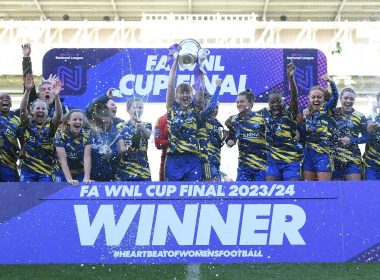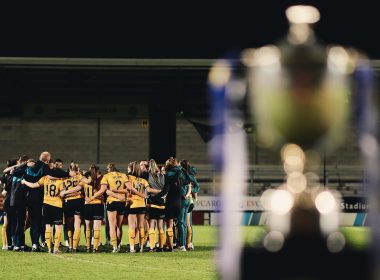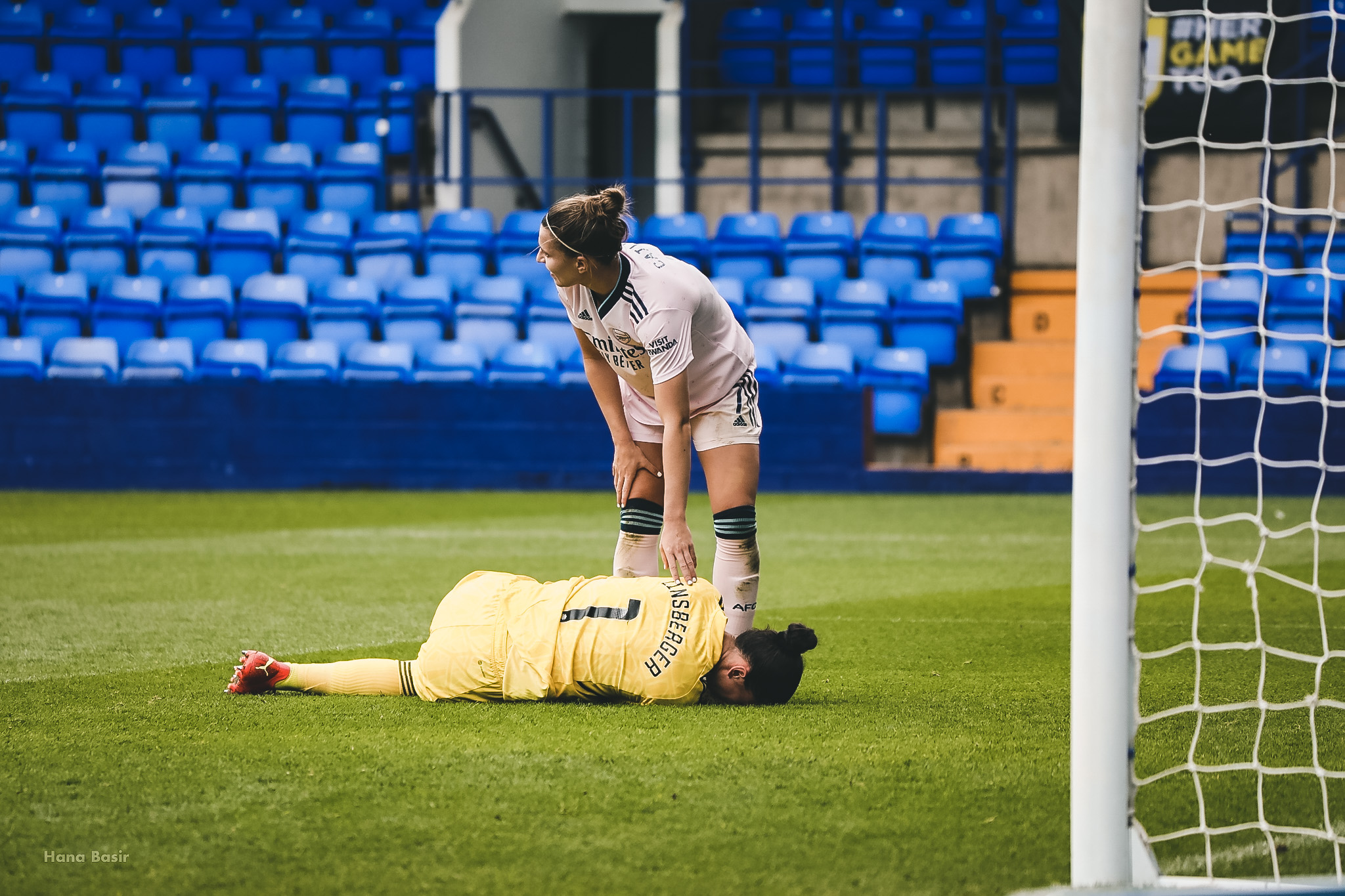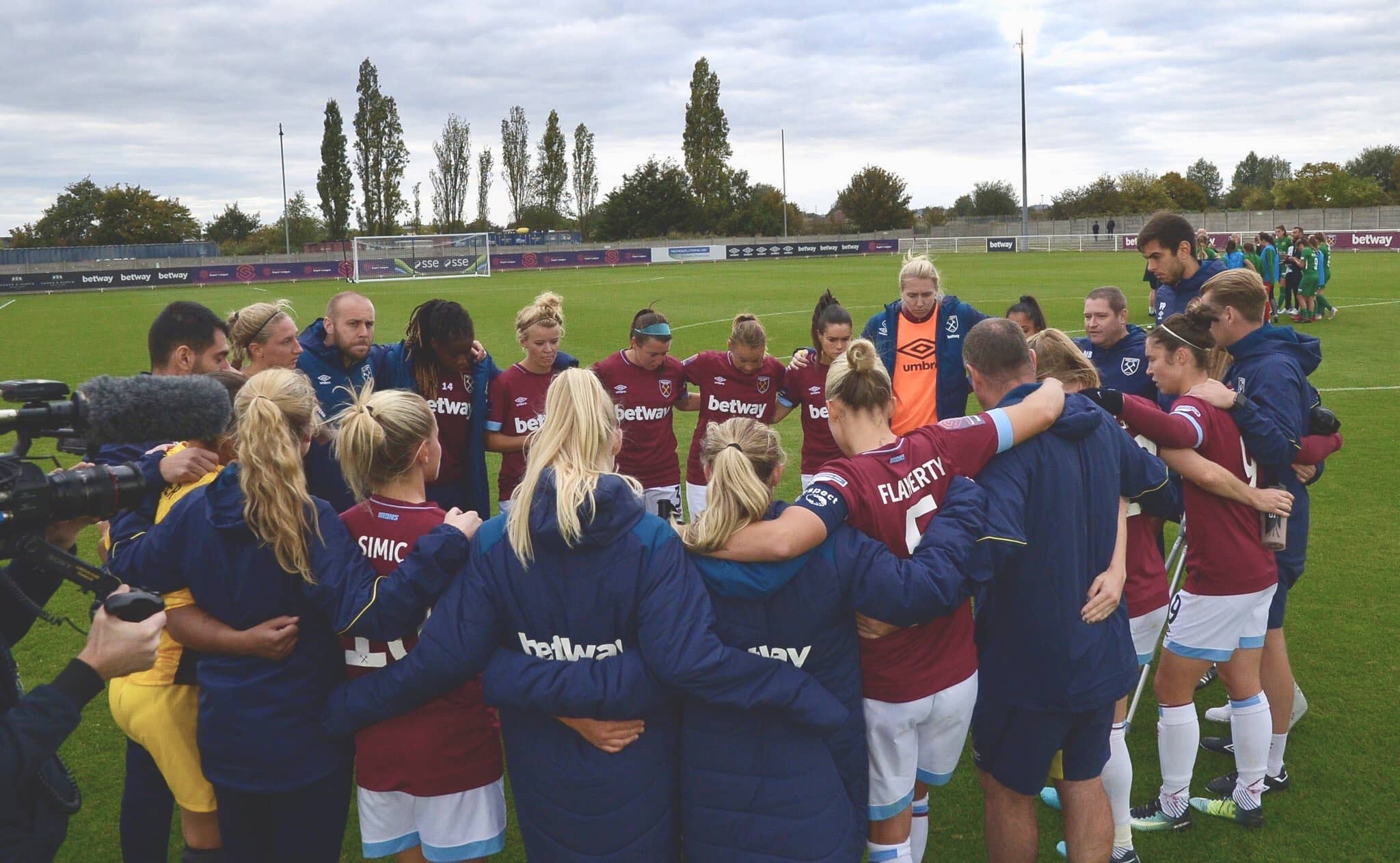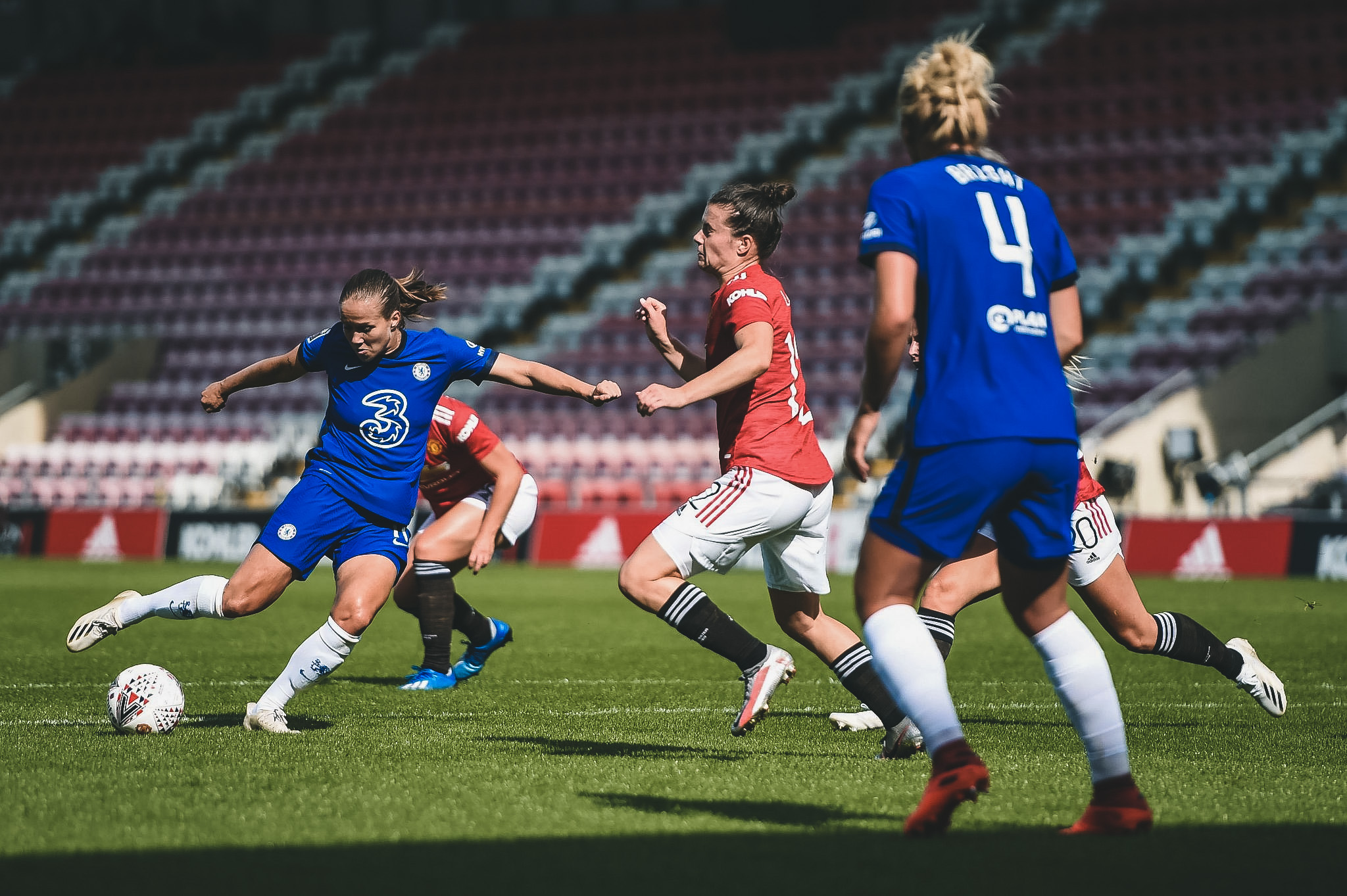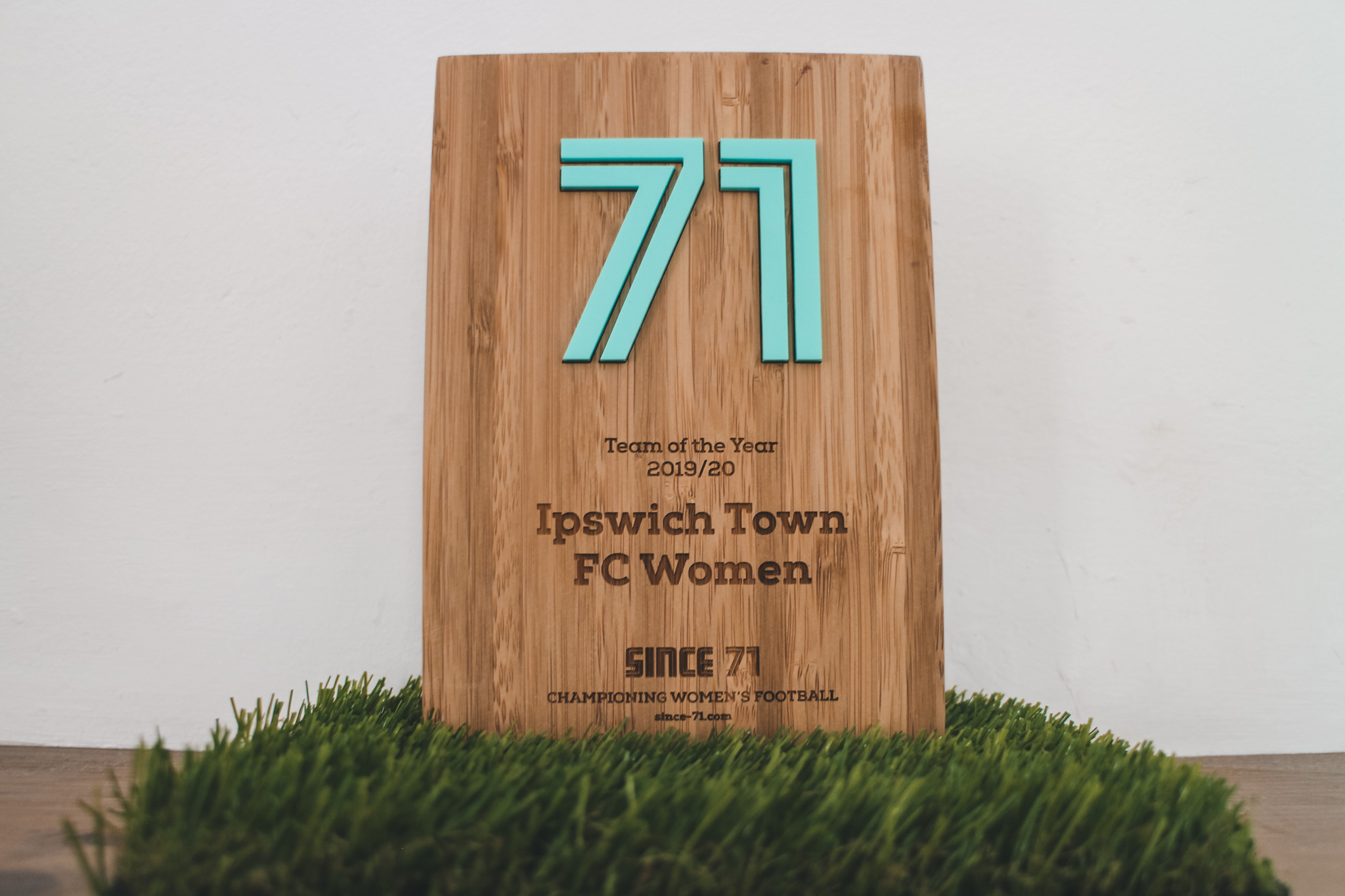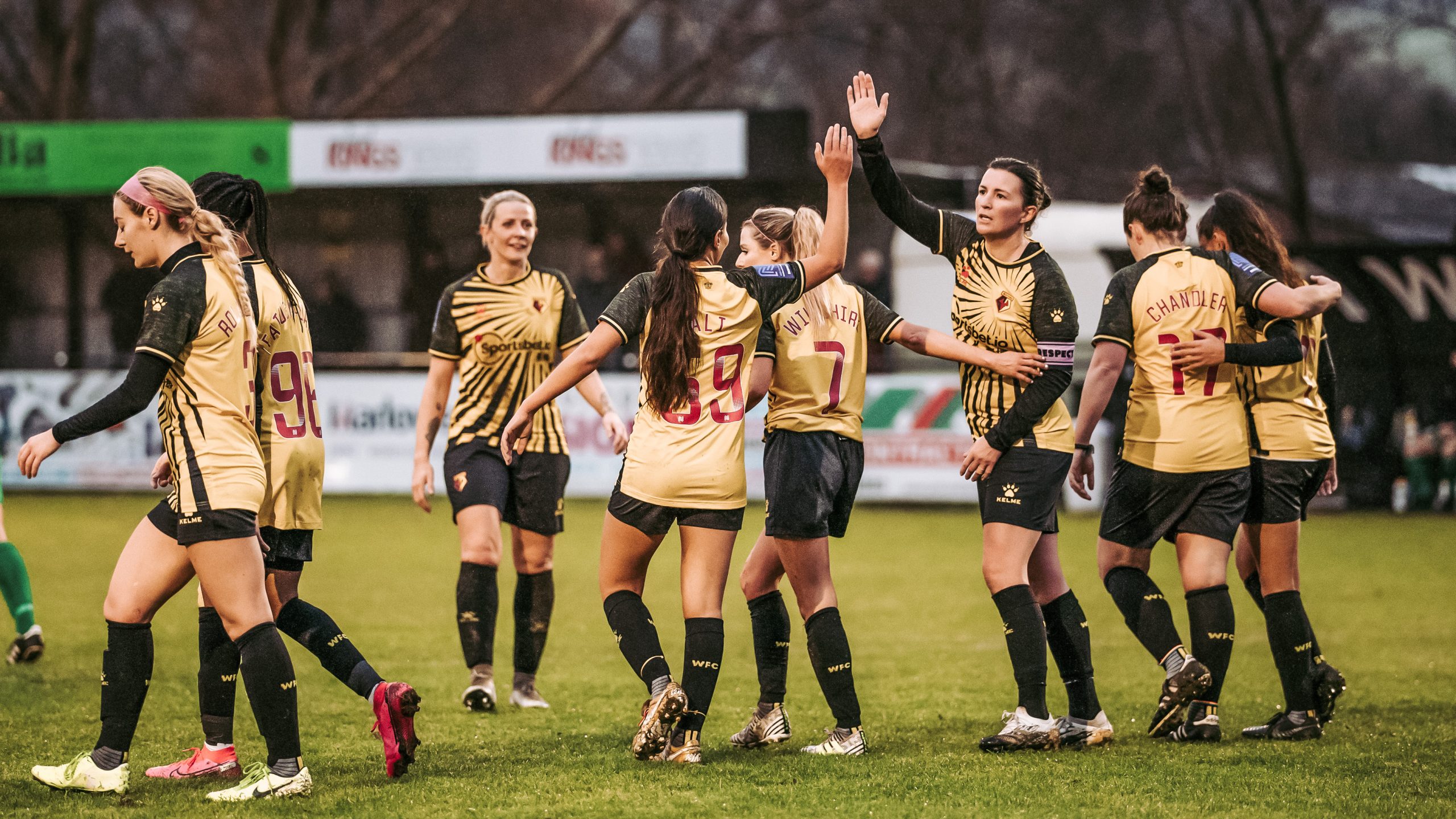Arsenal are currently sitting top of the Women’s Super League, as the only unbeaten team this season. They haven’t won any silverware since 2019, and you can tell they are hungry for it, the gunners have picked up 18 points from a possible 18. However, the team is reaching a clinch point in their season; they are yet to face any of the other teams that make up the traditional “top 4” in the WSL, and as the season grinds on, more and more of their players are dropping off due to injury.
That is all about to change this Saturday, as the Gunners take on Manchester United at the Emirates in front of a reported crowd of over 35,000. Although United are yet to break into those top 3 slots that have been dominated by Manchester City, Arsenal and Chelsea since 2014, they still have the ability to cause upset – they knocked the gunners out of the Conti cup last season at Borehamwood, and they drew 1-1 away at Arsenal in the league. Manchester United have strengthened both defensively and in front of goal; arguably not to a world class standard, but they appear a cohesive group. They have only lost to league winners Chelsea so far this season. Saying this, United only appear dominant when they dictate the pace of the game, and against a full-strength Arsenal, I would argue that they would not be able to do that at all.
But here’s the thing: Arsenal aren’t at full strength, not even close. Only 12 of the first team are confirmed available, with 5 out injured, and 3 players having been left out of national camps due to rest or personal reasons. Manchester United, in contrast, are only missing Aoife Mannion, who has been out with an ACL injury since February.
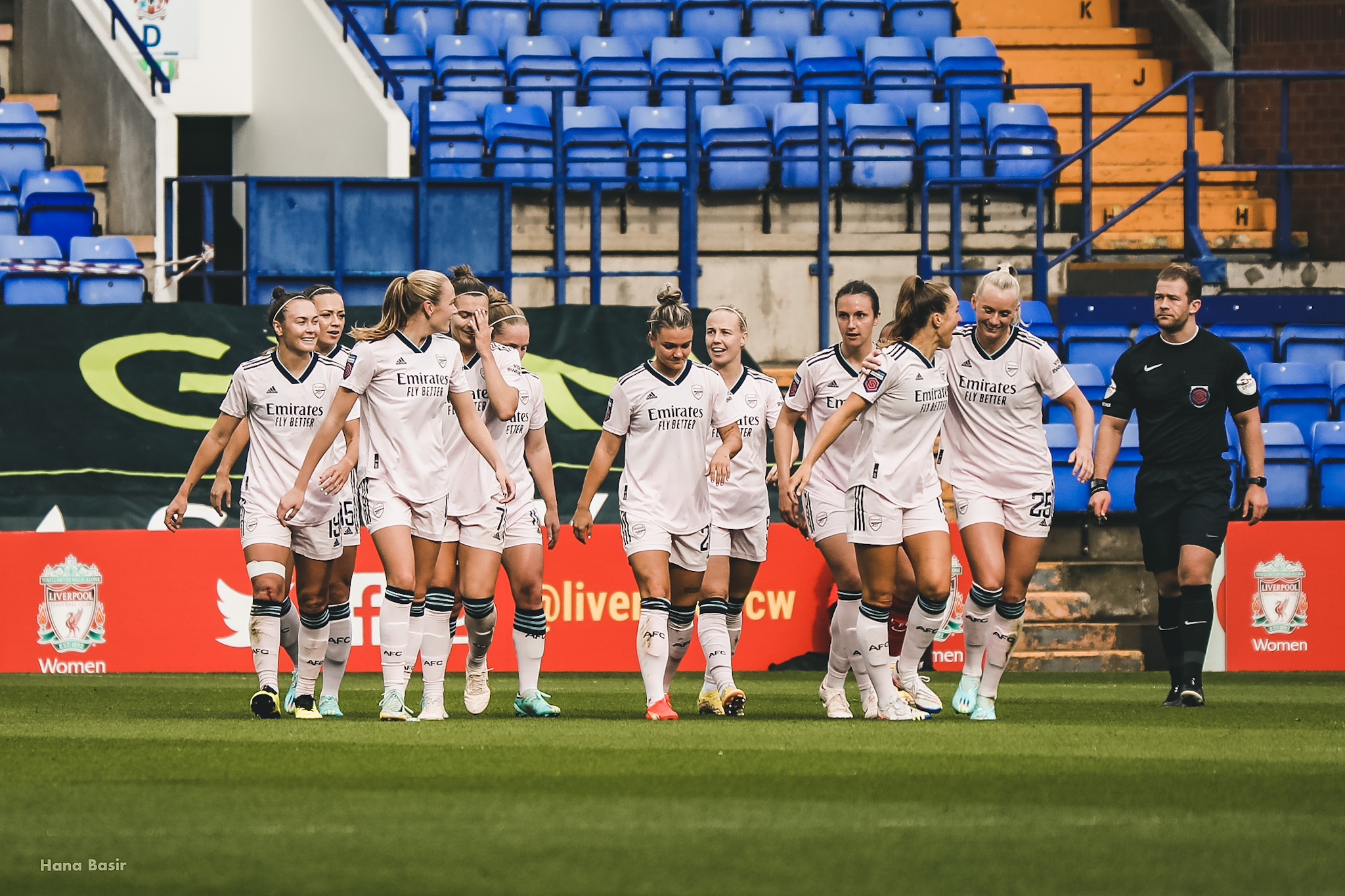
Why do they have so many injuries?
Arsenal have a very small squad. The WSL has a squad cap of 25, and Arsenal have 22 players in their first team, excluding the ones on loan. Arguably, Teyah Goldie is young enough to be considered an academy player, which would then give the gunners another squad slot (rule 8.11). This gives Jonas Eidevall space for recruitment of 3 or 4 players to bolster their squad for moments exactly like these.
They struggled with injuries last season in their backline, and were punished for it. The giant toppling 2-0 loss to Birmingham which cost them the league in January (sorry Arsenal fans, I need to bring it up, it is relevant I promise), saw them with a makeshift defensive line which trapped progressive players like McCabe as a fullback, and Lia Walti on the bench. They were cut open when playing in unfamiliar positions, and the players looked fatigued from the sheer amount of game time they were committing to. It was clear that they needed more options in their backline, and potentially something else to support their midfield.
As most of the Arsenal players are on their international teams (many of them captaining their countries too), they are playing significantly more games than some of their WSL counterparts. More games, especially in quick succession, means a higher chance of injury; and as the season progresses and more players are ruled out, the remaining team fall fatigued due to lack of rotation. It is almost a self-fulfilling prophecy.
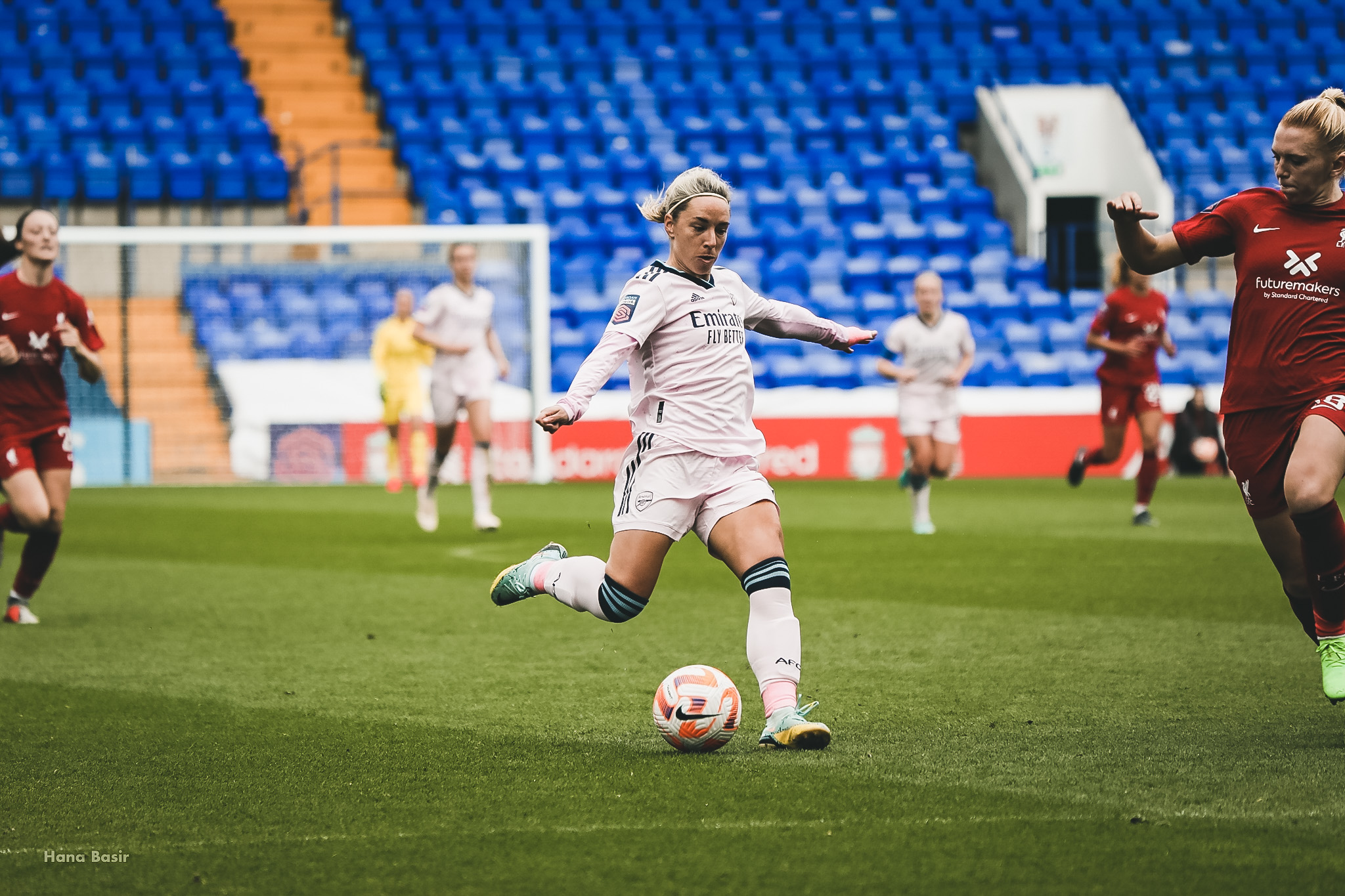
I for one, thought they would deal with this issue over the summer with some widespread recruitment – but instead they had 10 outgoing transfers, and brought in only 3 players, one of which (Brazilian forward Gio Queiroz), went out immediately on loan to Everton. Eidevall may have hoped for an easier run this year with injuries, but the same has happened again this season, he must adapt in other ways to help Arsenal compete.
What is the answer for Arsenal? They need more players. You have to accept that if you are competing at a top level, then your team will be made up of international players; they will have a large amount of games to play, and therefore will have higher injury risk. Although there are arguments for reducing the number of international breaks across the calendar year (I spoke about it in the last episode of The Women’s Football Podcast). Jonas cannot rely on this being changed in his favour, especially as the new qualification format, Nations League style, will mean his players are playing more international games.
Although I cannot predict Arsenal’s desired recruitment strategy, I think it is fair to say that some recruitment in the form of a flexible and strong centre back/central defensive midfielder may be a start. It would take the pressure off Lia Walti to consistently stay fit, and give the defensive line some rotation to manage the foot injuries that are plaguing Williamson and Souza.
But everyone seems to be in the market for one of those players at the moment. This was seen in the domino effect that happened at the end of the transfer window this summer as Keira Walsh was bought for a record fee by Barcelona, and the scrambling of other teams to fill that gap (Hasegawa to City, Groenen to PSG). For Arsenal though, there still may be hope of bagging a player like this in the January window if they needed, but it may cost them. Contracted until 2024, PSG defender (but natural midfielder!) and Polish international Paulina Dudek is statistically very similar to Arsenal’s own Leah Williamson, and she is in the 99thpercentile of all centre backs for progressive passing. Nice.
Will they beat United this Saturday? I think the home advantage will push them over the edge if the crowd is behind them, but if they don’t fix this issue in January, Emma Hayes’ Chelsea will likely mean that they spend another season without that coveted WSL trophy.



